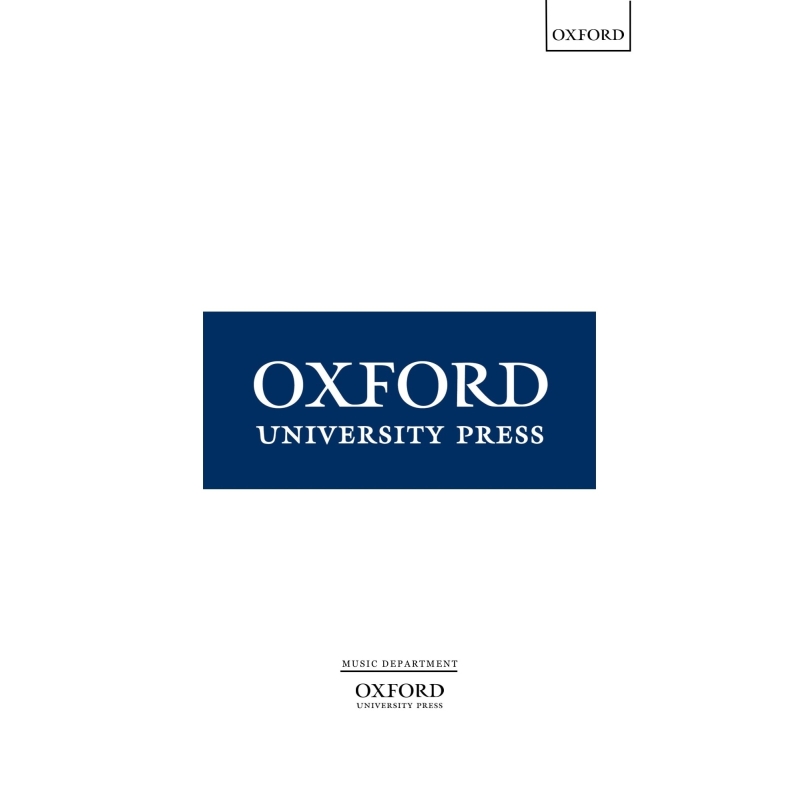CONTENTS
Preface
Acknowledgments
1 Backgrounds and Development: The New Musical Language and Its Correspondence with Psycho-Dramatic Principles of Symbolist Opera
2 The New Musical Language
3 Trauma, Gender, and the Unfolding of the Unconscious in the Debussy and Bartok Operas
4 Pelleas et Melisande: Polarity of Characterizations: Human Beings as Real-Life Individuals and Instruments of Fate
5 Pelleas et Melisande: Fate and the Unconscious
Transformational Function of the Dominant-ninth Chord
6 Pelleas et Melisande: Musico-Dramatic Turning Point: Intervallic Expansion as Symbol of Dramatic Tension and Change of Mood
7 Pelleas et Melisande: Melisande as Christ Symbol - Life, Death, and Resurrection - and Motivic Reinterpretations of the Whole-Tone Dyad
8 Pelleas et Melisande: Circuity of Fate and Resolution of Melisande's Dissonant Pentatonic-Whole-tone Conflict
9 Duke Bluebeard's Castle: Psychological Motivation
Symbolic Interaction of Diatonic, Whole-tone and Chromatic Extemes
10 Duke Bluebeard's Castle: Toward Character Reversal
Reassigment of Pentatonic and Whole-tone Spheres
11 Duke Bluebeard's Castle: The Nietzschean Condition and Polarity of Characterizations
Diatonic-chromatic Extremes
12 Duke Bluebeard's Castle: Final Transformation, Ambiguous Tonal Cycle, Retreat into Eternal Darkness
Synthesis of Pentatonic/Diatonic and Whole-tone Spheres
13 Symbolism and Expressionism in Other Early Twentieth-century Operas
14 Epilogue




